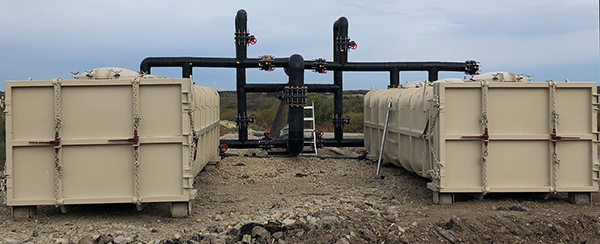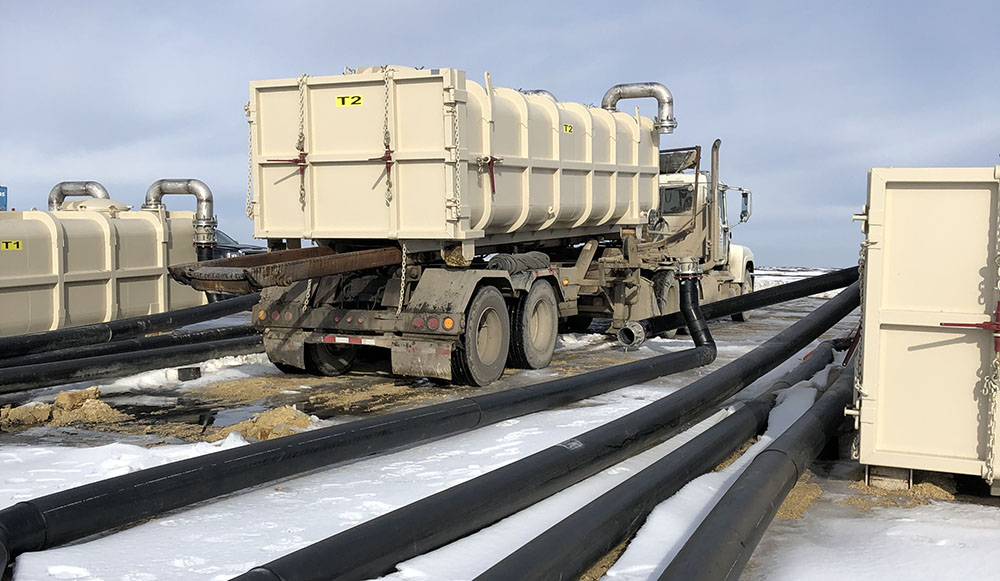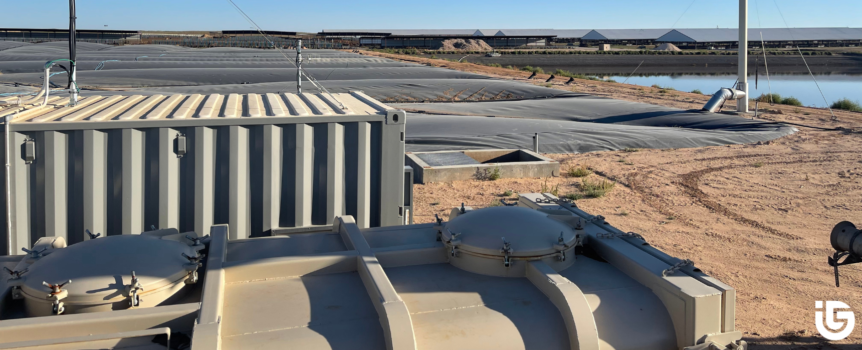Biogas Containing Hydrogen Sulfide (H2S) Is Problematic
Biogas containing Hydrogen Sulfide (H2S) is problematic for any form of gas utilization, whether it be for boiler steam generation, engine power generation, renewable natural gas (RNG) production, or even meeting emissions standards from a flare. Gas with an H2S concentration above 1,000 ppm is considered lethal, posing additional challenges for handling and transportation. H2S is also strictly regulated by gas utilities, making removal from biogas a critical step before it hits the pipeline. Given its corrosive nature, H2S can be detrimental to pretreatment and upgrading equipment, requiring high-spec materials, specialized coatings, shortened maintenance intervals, and a higher probability of premature equipment failure. In the RNG market, H2S removal is often the highest operational expense in upgrading raw biogas to pipeline quality.
As RNG developers seek to expand production, collecting biogas from smaller and more remote sites becomes necessary. It is not often practical or economical to fully upgrade the small amount of biogas produced at a single lagoon or digester, so the common theme is to connect several of these sites to a centralized conditioning plant. At a minimum, transporting raw biogas via pipeline requires pressure boosting and moisture removal, which must occur at the individual lagoon or digester. H2S also makes the biogas more dangerous to transport via pipeline over long distances and is harder on the boosting and dehydration equipment at the individual sites. In addition, most H2S removal medias prefer saturated biogas to maximize their removal efficiencies, further compounding the problem. This means that if the water is removed before H2S treatment, the operating cost to remove sulfur at the central plant is even higher.

So Why Not Take Out The H2S First?
With the VAV portable media vessel and the industry’s leading H2S removal media, FerroSorp®, treating hydrogen sulfide at the source is easier and more cost-effective. FerroSorp is based on iron hydroxide, which is highly effective at removing H2S from biogas, even in applications with insufficient oxygen. In conjunction with the VAV, FerroSorp absorbs more sulfur than competitors’ media, extends change-out intervals, and lowers the overall cost of operations. VAVs are designed for gas to flow through the entire bed, evenly utilizing the media while maintaining low-pressure drop. Another significant aspect of the VAV is its ease of installation and rapid deployment. Rather than waiting the better part of a year for round vessel installation, VAVs are dispatched quickly and can easily be implemented in new or pre-existing sites.
As VAVs require no pad or infrastructure to deploy, placing one right at the digester, lagoon, or wellhead is as easy as plug-and-play. Rated for full vacuum and serviceable by hydraulic truck, there isn’t a more convenient or flexible system in the industry for making your biogas clean and safe from the start. Customers utilizing VAVs have even taken ease of serviceability a step further by adding a spare or “rotating” VAV to their fleet. Then, when it’s time for a change out at a remote site, the spare VAV (already filled with fresh media) is delivered via hydraulic truck and immediately put into service. The spent unit is then picked up and returned to the central site for service and refilling, and made ready for delivery to the next site needing replacement.

Whether your goals are reducing capital and operational expenses, improving gas safety, optimizing service, increasing operational availability, or all of the above, Interra Global’s unique biogas solutions can help. Contact the Interra Global team at sales@interraglobal.com today for more information.


